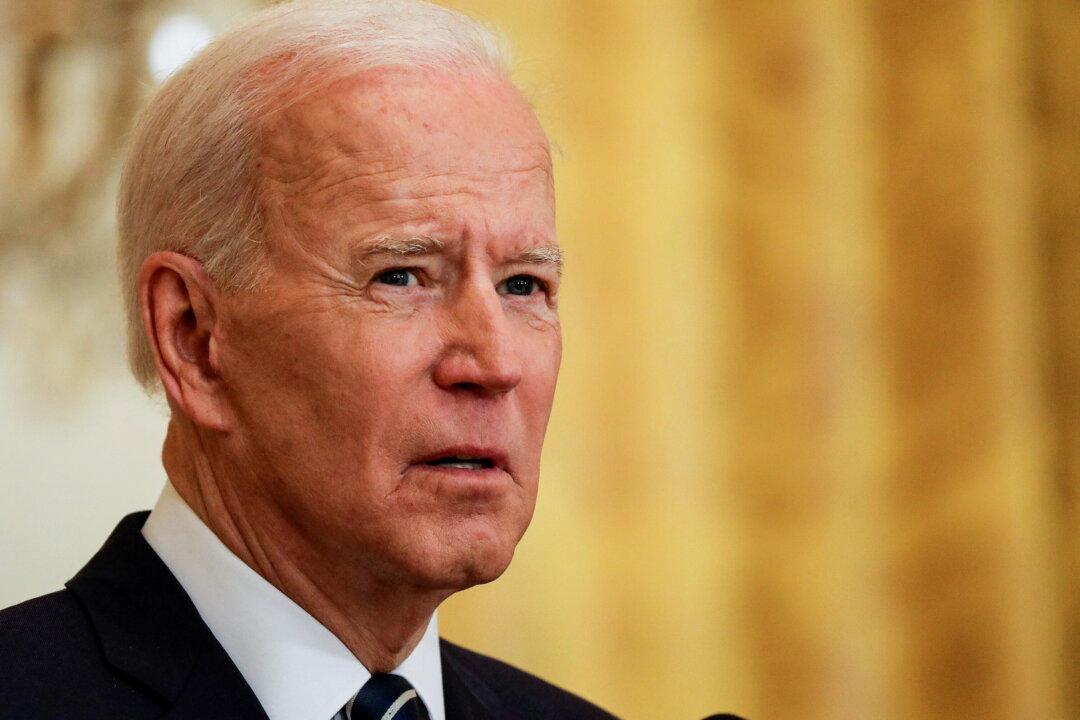White House press secretary Jen Psaki confirmed that the Biden administration plans to divide its infrastructure proposal into two parts as part of a push to gain support from congressional Republicans for the different priorities.
President Joe Biden is set to outline the first part of the proposal this week that focuses on rebuilding roads, bridges, and other infrastructure. Later in April, Biden is expected to lay out a separate plan that addresses child and health care.





